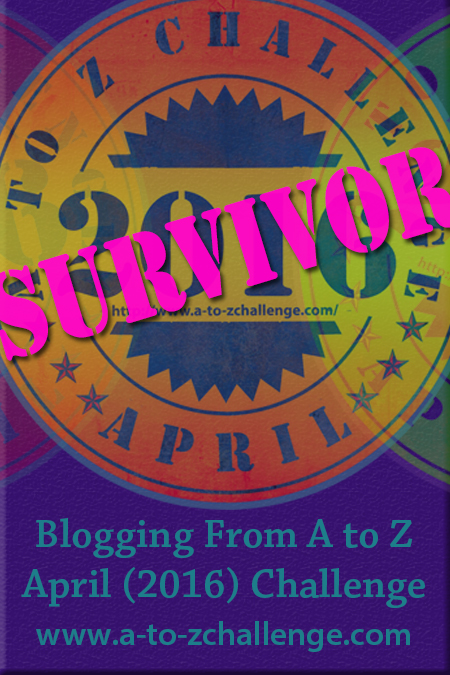It’s Way Back Wednesday, an opportunity to dig through the
files and pull out an old blog post to
shed some new light on it. Over the years, I’ve written several posts about
anchorages we’ve stayed in, including first-hand anchoring information (i.e.
holding, protection, GPS coordinates), historical information and things to do.
To date, I’ve done 26 of these (they can all be found on our Destinations
page) and they’re some of my favourite posts. For the next six months, I’ll be
highlighting one every Wednesday (from south to north) and adding a few new
ones in where I can. This week, it’s a return to Roscoe Inlet in British Columbia’s Central Coast.
Disclaimer: This blog article is not to be used
for navigation. It is solely an account
of our personal experience and anchor locations in Roscoe Inlet during settled
weather conditions. What worked for us
at one particular time is no guarantee or indication that it will work for
others. There are no services in the
immediate area and any boat that enters should be self-sufficient.
Roscoe Inlet is 23 miles long, but the real journey doesn’t begin until one mile south of Boukind Bay. It’s there that the channel forks to the
east, narrows and takes on a serpentine route that carries boaters the
remaining 12 miles through some of the most breathtaking scenery along the
Central Coast. The upper reaches of the Roscoe Inlet are dramatic, especially
on an overcast day when the scenery seems to develop in monochrome like an
Ansel Adams photograph, and easily one of the most beautiful places along the British Columbia coast.
The
inlet, on average, is less than a half-mile wide and bordered by steep granite
domes that rise up from the sea and reach heights above 1,000 metres (3,300
feet). Snow-capped ridges line the waterway. And evergreens spread upward from
the shoreline where they cling onto the rock for dear life. These are just a
few of the sights Roscoe Inlet has to offer.
Every turn through her goosenecks has something else to share until you
reach the head and, sadly, the passage is over.
Anchorages:
Clatse Bay: Clatse Bay is located 5 miles
south of Boukind Bay and offers good
protection in most weather. A shoal
along the east shore extends mid-channel near the entrance to the inlet but is
clear beyond that. Good holding can be found
in 16 to 20 metres (53 to 66 feet) in mud near the head of the bay.
Anchorage can also be found
in Shack Bay (1.5 miles north
of Clatse Bay) along the eastern
shore of Roscoe Inlet, but we haven’t anchored there ourselves. We’ve been told by Nearly Normal Norman that
there’s an old logging road that leads to Ocean Falls located in the
bay.
Boukind Bay: When visiting
Roscoe Inlet, Boukind Bay is our first
stop. The bottom is flat, there’s ample
swing room, there’s good protection in most weather and it has good holding in
mud (in reasonable depths of 9 to 12 metres).
It’s also conveniently located one mile north of Roscoe Narrows and a good base
for exploring the inlet.
Quartcha
Bay: Quartcha Bay is located 5 miles
from Roscoe Narrows and is a beautiful
glacial valley surrounded by high mountains and waterfalls BUT the bottom is
steep-to and we weren’t able to find a place to anchor off the marsh at the
head of the bay that we considered safe enough for an overnight stay.
The Bitter End: According to the Douglass cruising
guide, “Exploring the North Coast of British Columbia”, the head of Roscoe
Inlet rarely sees any wind. And while
it’s true that it normally dies out before at the final gooseneck, we have seen
afternoon breezes pick up while anchored there.
The shore is steep-to but it’s possible to find anchorage in 16 to 20
metres (53 to 66 feet) along the southern shore east of the creek where the
holding is very good in sand and mud.
Waypoints of Interest:
Clatse Bay:
52°21.915’N,
127°51.581’W (Approach)
52°20.527’N,
127°50.650’W (Anchorage)
Boukind Bay:
52°27.069’N,
127°56.262’W (Approach)
52°27.772’N, 127°56.262’W
(Anchorage)
Quartcha Bay:
52°29.960’N,
127°50.871’W
The Bitter End:
52°27.064’N,
127°43.300’W
Things to Do:
Kayaking is always at the top of the list of activities when we
visit Roscoe Inlet.
Walk to Briggs
Lagoon (Boukind Bay).*
An orange trail marker is located along the eastern shore in Clatse Bay, but we didn’t
investigate.
Walk to Twin Lakes or Ocean Falls from Shack Bay.*
* Be bear aware!
Note: On our first visit, it was an overcast day
without a breath of wind. In our
opinion, this is the best way to experience the drama of Roscoe Inlet. The granite domes reflect beautifully off the
water and the deer flies, a major issue on sunny days, are nowhere to be
found.

















1 comments
Another beautiful destination! I'm always impressed by how deep these anchorages are. We're so used to anchoring in 10 foot depths, I just can't imagine anchoring in 60 feet of water! Definitely not a place to be hauling chain without a windlass!
ReplyDelete